Summary | Excerpt | Reviews | Beyond the Book | Read-Alikes | Genres & Themes | Author Bio
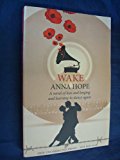
Critics' Opinion:
Readers' Opinion:
First Published:
Feb 2014, 304 pages
Paperback:
Oct 2016, 320 pages
 Book Reviewed by:
Book Reviewed by:
Sarah Sacha Dollacker
Buy This Book
This article relates to Wake
 When English clergyman Reverend David Railton spied a British grave marked "Unmarked British Soldier" in 1916, he developed the idea for a national war memorial. It would take until 1920, however, for his idea to come to fruition, but this proved to be the perfect time. Two years after the end of World War I there were still tens of thousands of dead British soldiers unidentified. Feelings of despair and disbelief over the atrocities of the war plagued many people in Britain. The wives and parents of soldiers who were still unaccounted for did not have any place or any thing tangible to grieve. The tomb of the Unknown Soldier was designed to provide a place for their grief and healing.
When English clergyman Reverend David Railton spied a British grave marked "Unmarked British Soldier" in 1916, he developed the idea for a national war memorial. It would take until 1920, however, for his idea to come to fruition, but this proved to be the perfect time. Two years after the end of World War I there were still tens of thousands of dead British soldiers unidentified. Feelings of despair and disbelief over the atrocities of the war plagued many people in Britain. The wives and parents of soldiers who were still unaccounted for did not have any place or any thing tangible to grieve. The tomb of the Unknown Soldier was designed to provide a place for their grief and healing.
 The process of choosing the corpse to reside in the special tomb followed a specific procedure. Unidentified bodies, taken at random, from burial sites at four different battlefields - Aisne, Somme, Ypres, and Arras - were laid out on top of Union Jacks (the British flag). There were rumors that the General in charge of the selection made his choice blindfolded, a tale that appealed to the public. The idea that the soldier could be anyone - a laborer, a Duke's son, a worker from a Commonwealth nation such as South Africa - provided a democratic element to a country often beset by class.
The process of choosing the corpse to reside in the special tomb followed a specific procedure. Unidentified bodies, taken at random, from burial sites at four different battlefields - Aisne, Somme, Ypres, and Arras - were laid out on top of Union Jacks (the British flag). There were rumors that the General in charge of the selection made his choice blindfolded, a tale that appealed to the public. The idea that the soldier could be anyone - a laborer, a Duke's son, a worker from a Commonwealth nation such as South Africa - provided a democratic element to a country often beset by class.
The chosen body was placed in a coffin hewn from an oak at Hampton Court Palace. On the exterior was inscribed "A British Warrior who fell in the Great War 1914-1918 for King and Country." The other three bodies were reverently buried. The coffin was then transported to London where it was placed in the Cenotaph, the new war memorial in Whitehall. The grave was filled with soil from France. On November 11, 1920 - exactly two years to the day after the war ended - the burial of the Unknown Soldier was observed. 1,250,000 people visited the site in the first week.
 This symbolic act, commemorating the heroism of a country's soldiers and providing the citizenry with a focus for their grief, has been mirrored by other countries, including the United States, Iraq, Poland, and France, around the world.
This symbolic act, commemorating the heroism of a country's soldiers and providing the citizenry with a focus for their grief, has been mirrored by other countries, including the United States, Iraq, Poland, and France, around the world.
Photograph of the replica coffin of Britain's Unknown Soldier by Hugh Nightingale.
Photograph of the Unknown Soldier in France by Michael Reeve.
Photograph of the Tomb of the Unknown Revolutionary War Soldier in Philadelphia by Bovineone on en.wikipedia.
Filed under Places, Cultures & Identities
![]() This "beyond the book article" relates to Wake. It originally ran in March 2014 and has been updated for the
October 2016 paperback edition.
Go to magazine.
This "beyond the book article" relates to Wake. It originally ran in March 2014 and has been updated for the
October 2016 paperback edition.
Go to magazine.
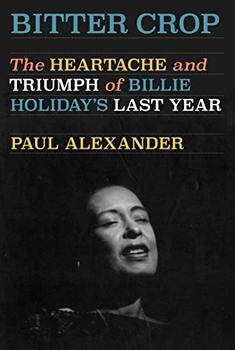
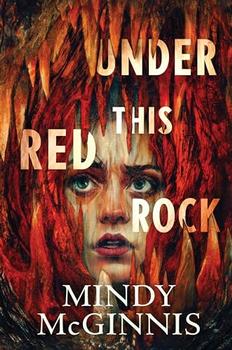
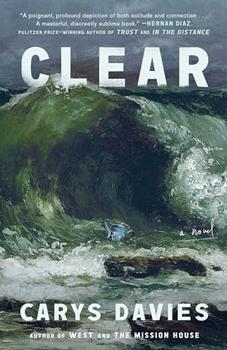
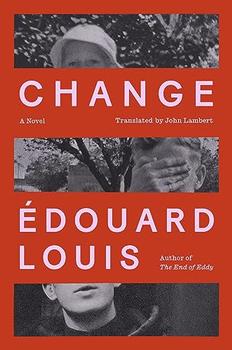

The House on Biscayne Bay
by Chanel Cleeton
As death stalks a gothic mansion in Miami, the lives of two women intertwine as the past and present collide.

The Flower Sisters
by Michelle Collins Anderson
From the new Fannie Flagg of the Ozarks, a richly-woven story of family, forgiveness, and reinvention.

The Funeral Cryer by Wenyan Lu
Debut novelist Wenyan Lu brings us this witty yet profound story about one woman's midlife reawakening in contemporary rural China.
Your guide toexceptional books
BookBrowse seeks out and recommends the best in contemporary fiction and nonfiction—books that not only engage and entertain but also deepen our understanding of ourselves and the world around us.